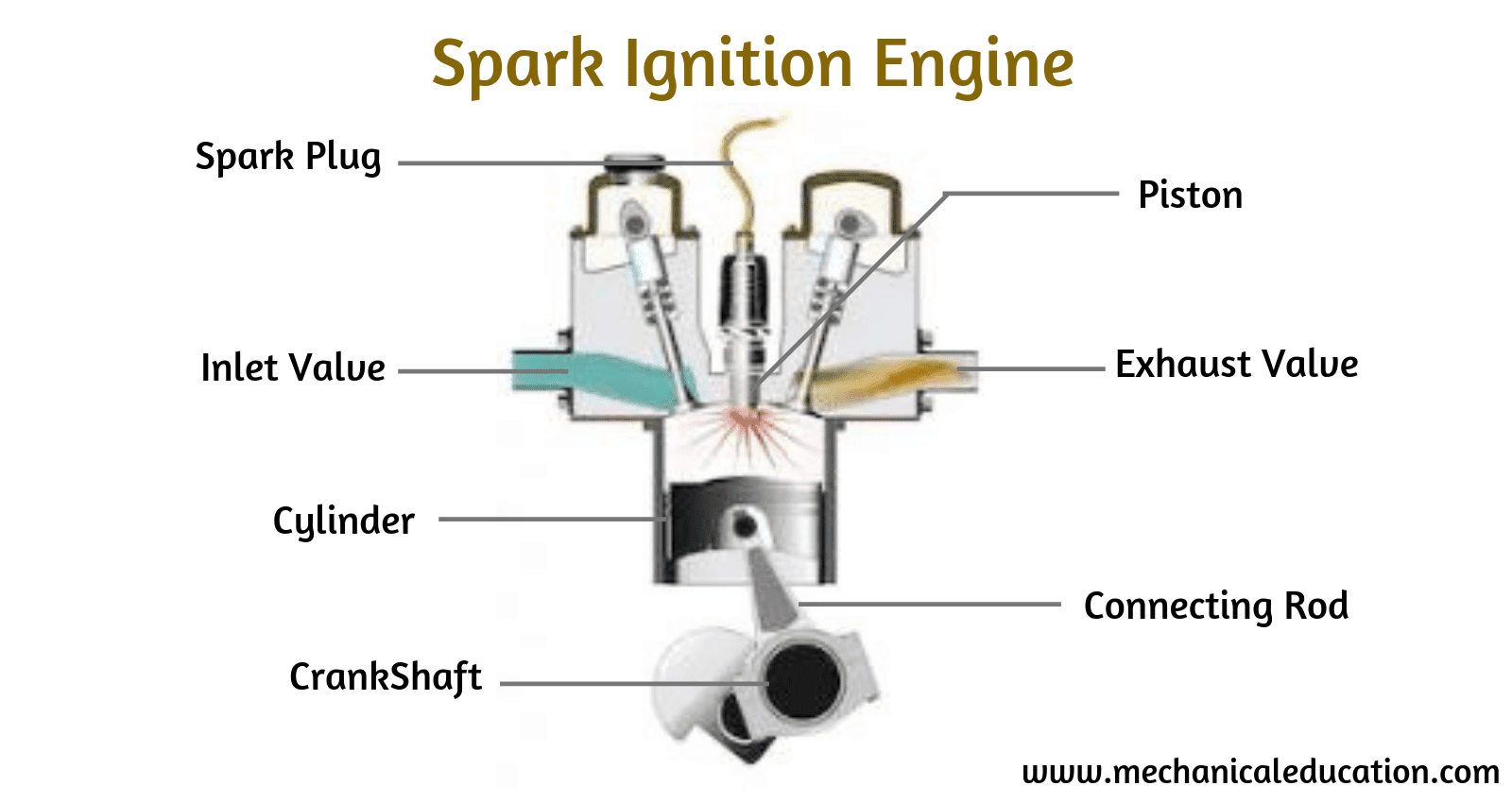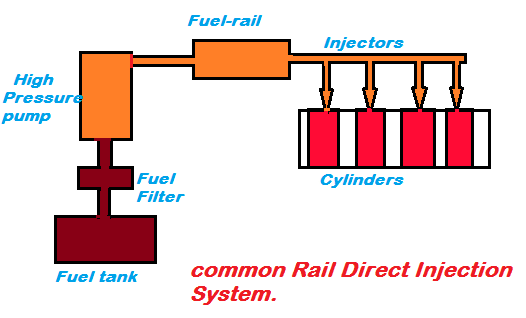Introduction: A radiator hose is an important component in a vehicle’s cooling system. It’s designed to connect the radiator and other parts of the cooling system, including the engine block and thermostat housing. It’s made of durable rubber that can withstand temperatures up to 180°F (82°C). In this blog post, we take a closer look at how radiator hoses work and how they keep your car running smoothly.
What Does a Radiator Hose Do?
A radiator hose is designed to transport coolant between the engine block and the radiator. The coolant passes through small holes or channels located inside the hose walls, which allows it to flow freely around the engine block and back into the radiator. This helps keep your engine from overheating by regulating its temperature. Without a properly functioning radiator hose, your vehicle could overheat quickly and cause major damage to its internal components.
How Long Do Radiator Hoses Last?
Radiator hoses typically last anywhere from 3-5 years, depending on the make and model of your vehicle. However, it’s important to keep an eye on them for signs of wear and tear so you can replace them before they fail completely. If you notice any cracks or leaks in your hose, you should replace it as soon as possible to avoid any further damage to your car’s cooling system. Additionally, if you notice increased pressure or bubbling in your coolant reservoir, this could also be a sign that your hose needs replacing.
Conclusion:
Radiator hoses are essential components of any vehicle’s cooling system. They are designed specifically for use in cars and trucks and are made from flexible rubber that can withstand high temperatures without breaking down or failing. By keeping an eye on the condition of your hoses, you can ensure that they’re always in good shape so your car runs as efficiently as possible—and help prevent costly repairs due to failed parts! Thanks for reading!
Frequently Asked Questions
1. What is a radiator hose, and what is its role in a car’s cooling system?
A radiator hose is a flexible rubber or silicone tube that connects the engine to the radiator, allowing the coolant to circulate. It plays a crucial role in maintaining the engine’s operating temperature by facilitating the flow of coolant between the engine and the radiator.
2. How often should radiator hoses be inspected and replaced?
Radiator hoses should be inspected regularly, ideally during routine maintenance checks. Replace them immediately if any signs of wear, damage, or leaks are detected. As a general guideline, consider replacement every 3 to 4 years or as recommended in the vehicle’s manual.
3. What are the common signs of a failing radiator hose?
Signs of a failing radiator hose include visible cracks, bulges, or soft spots on the hose, coolant leaks, overheating, and a collapsed hose. These issues can lead to engine damage and should be addressed promptly.
4. Can I replace a radiator hose myself, or should I seek professional assistance?
While replacing a radiator hose is generally a straightforward task, it’s essential to follow proper procedures. If you’re comfortable with basic automotive repairs and have the necessary tools, you can replace the hose. However, if in doubt, seeking professional assistance is advisable.
5. What is the difference between upper and lower radiator hoses?
Upper radiator hoses connect the top of the radiator to the engine’s thermostat housing, while lower radiator hoses connect the bottom of the radiator to the water pump. Both hoses work together to facilitate the circulation of coolant.
6. How do I prevent radiator hose issues and prolong their lifespan?
Regularly inspect the hoses for signs of wear, leaks, or damage. Keep the cooling system well-maintained, including using the recommended coolant and ensuring the proper coolant-to-water ratio. Avoid over-tightening hose clamps to prevent damage.
7. Can extreme temperatures affect the lifespan of radiator hoses?
Yes, extreme temperatures can impact radiator hoses. Excessive heat can cause the hoses to deteriorate faster, while extreme cold can make them more prone to cracking. Proper maintenance becomes crucial in regions with extreme temperature variations.
8. How do I check for leaks in radiator hoses?
Inspect the hoses visually for any signs of coolant leaks, such as wet spots or stains. You can also run your fingers along the hose to feel for dampness. Additionally, a cooling system pressure test can help identify leaks.
9. Can I drive with a leaking or damaged radiator hose?
It’s not advisable to drive with a leaking or damaged radiator hose. Coolant leaks can lead to overheating, engine damage, and potential breakdowns. If you notice a leaking hose, it’s best to address the issue before driving.
10. What should I do if my radiator hose bursts while driving?
If a radiator hose bursts while driving, pull over safely and turn off the engine immediately. Allow the engine to cool before attempting any repairs. If you’re not comfortable making the repair yourself, seek professional assistance or have the vehicle towed to a repair facility.




